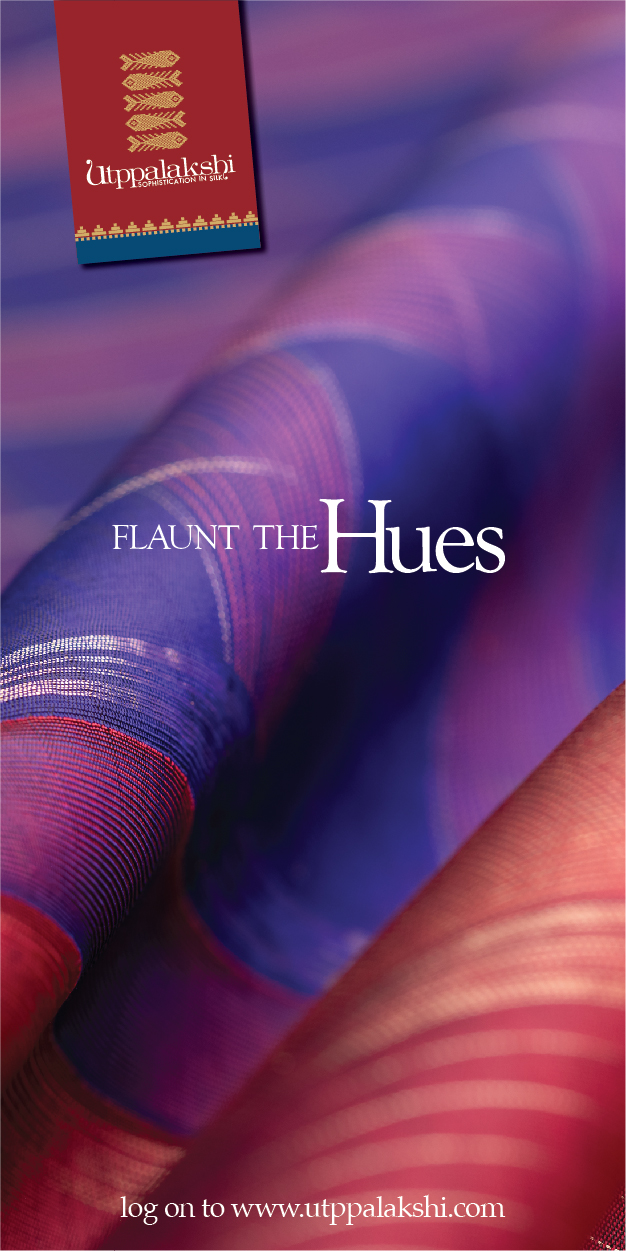Dexterity refers to the skill and ability to use the hands and fingers with precision and coordination, allowing individuals to perform intricate and delicate tasks effectively. It involves the control of fine motor movements required for activities like writing, drawing, sewing, using utensils, playing musical instruments, and more. Dexterity plays a crucial role in daily life, as it enables individuals to accomplish a wide range of tasks that demand precise hand movements.
Drawing kolam is an art form practiced significantly in South India, where intricate and symmetrical patterns are created on the ground using rice flour, coloured powders, or flower petals. Kolam in Tamil Nadu is muggulu in Andhra Pradesh and Telangana, rangoli in Maharashtra, hase and rangavali in Karnataka, alopana in Bengal, to name a few. Engaging in the practice of drawing kolam can significantly improve dexterity for several reasons:
- Fine Line Drawing: Kolam designs often involve intricate lines and patterns. To create these delicate lines with accuracy, artists must use precise hand movements. Regularly drawing kolams hones the muscles in the fingers and hands, enhancing the ability to draw fine lines.
- Coordination and Hand-Eye Skills: Kolam requires artists to connect dots and draw geometric shapes, necessitating the coordination of hand movements with visual perception. The repetitive nature of kolam drawing improves hand-eye coordination, allowing for more precise and controlled actions.
- Intricate Patterns: Kolam designs consist of intricate and detailed patterns that demand focus and concentration. Practicing kolam requires individuals to manipulate their fingers skillfully to fill in the patterns, which contributes to the development of dexterity.
- Handling Drawing Tools: Some kolam artists use small sticks or other tools to create finer lines and add intricate details. This requires precise hand movements and manipulation of the tools, enhancing dexterity and finger control.
- Patience and Practice: Drawing kolams is a patient and meticulous process that involves consistent practice. As individuals engage in regular kolam drawing, they develop patience and perseverance, which are essential qualities for improving dexterity.
- Fine Motor Skill Enhancement: The precise movements involved in kolam drawing, such as connecting dots, creating shapes, and filling in patterns, target and strengthen the small muscles in the hands and fingers, promoting fine motor skill development.
- Mindful Engagement: Creating kolams demands attention to detail and mindful focus. Engaging in this meditative practice allows artists to be present in the moment, enhancing concentration and contributing to the improvement of dexterity.
Drawing kolam offers a meaningful and enjoyable way to improve dexterity. The combination of intricate patterns, precise hand movements, hand-eye coordination, and mindful engagement fosters the development of fine motor skills, ultimately enhancing the ability to perform delicate tasks with greater ease and accuracy.
Life is beautiful if we choose for it to be. Let’s draw happiness!


